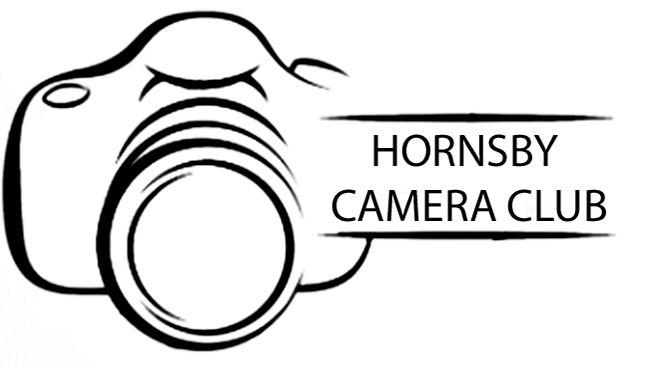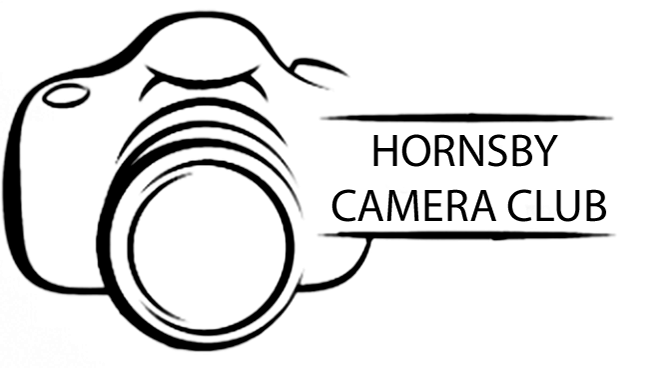Judging the Images
All contest submissions will be judged based on three groups of criteria defined below.
Judging Criteria
The scoring criteria used by the judges are noted and explained below. These are consistent with photography judging criteria in many Clubs. Judges will be asked to score images utilizing a broad range of points across each criteria category to delineate outstanding (8-10), good (5-7), or needs improvement (1-4) for each criterion noted below for the images submitted. They will also be asked to provide comments on what they liked or felt could be improved. Judges will not know a photographer’s Skill Level or name.
Criteria:
Maximum points allowed
The scoring criteria used by the judges are noted and explained below. These are consistent with photography judging criteria in many Clubs. Judges will be asked to score images utilizing a broad range of points across each criteria category to delineate outstanding (8-10), good (5-7), or needs improvement (1-4) for each criterion noted below for the images submitted. They will also be asked to provide comments on what they liked or felt could be improved. Judges will not know a photographer’s Skill Level or name.
Criteria:
Maximum points allowed
Impact, Creativity, Storytelling (*) 10
Technical Excellence, Focus, Color Balance, Lighting 10
Composition, Center of interest, Subject Matter (**) 10
Total Possible in each competition: 30
(*) If the judge deems a photo is not on topic, the judge will provide 0 points for the Impact criteria and will explain why they deem it so on the comment section of the scoring sheet.
(**) Images solely of other pictures or works of art will receive 0 points in this category unless they are part of a broader composition or presented in a unique manner that brings additional compositional elements to the fore (such as a silhouette, unusual angle or lighting, etc.).
Placing for each competition (Overall and by Skill Level) will be based on the highest scores out of the 30 possible points for the criteria noted above and announced when the photos are displayed at the meeting after each weekly competition. No additional points will be awarded for placing.
Scoring Criteria Explained
Group 1: Impact, Storytelling, Creativity
Impact is the sense one gets upon viewing an image for the first time. Compelling images evoke laughter, sadness, anger, pride, wonder, or some other intense emotion.
Storytelling refers to the image’s ability to deliver a message or evoke the imagination. One beautiful thing about art is that each viewer might collect his own message or read their own story in an image.
Creativity is the original, fresh, and external expression of the maker’s art or imagination by using the medium to convey an idea, message or thought.
Group 2: Technical Excellence, Focus, Color Balance, Lighting
Technical Excellence is the quality of the image itself as it is presented for viewing. Sharpness, exposure, processing, and correct color are some items that speak to the qualities of the image.
Focus is that sharp and detailed portion of the main subject of the image and is something we all aspire for in the majority of our shots. However, intentionally leaving your main subject out of focus can also create stunning images.
Color Balance supplies harmony to an image. An image in which the tones work together, effectively supporting the image, can enhance its emotional appeal. Color balance also presents the tones of the image in a fashion that is believable to the viewer. Color balance is not always harmonious and can be used to evoke diverse feelings for effect.
Lighting refers to how dimension and shape are defined in an image. The lighting, which is the key to the photo, can be natural or artificial and should enhance the image.
Group 3: Composition, Center of interest, Subject Matter
Composition is important to the design of an image, bringing all of the visual elements together in concert to express the purpose of the image. Proper composition holds the viewer in the image and prompts the viewer to look where the creator intends. Effective composition can be pleasing or disturbing depending on the intent of the image maker.
Center(s) of interest is the point or points on the image where the maker wants the viewer to stop as they view the image. There can be primary and secondary centers of interest. Occasionally there will be no specific center of interest when the entire scene collectively serves as the center of interest.
Subject Matter should always be appropriate to the topic or story being told in an image.

